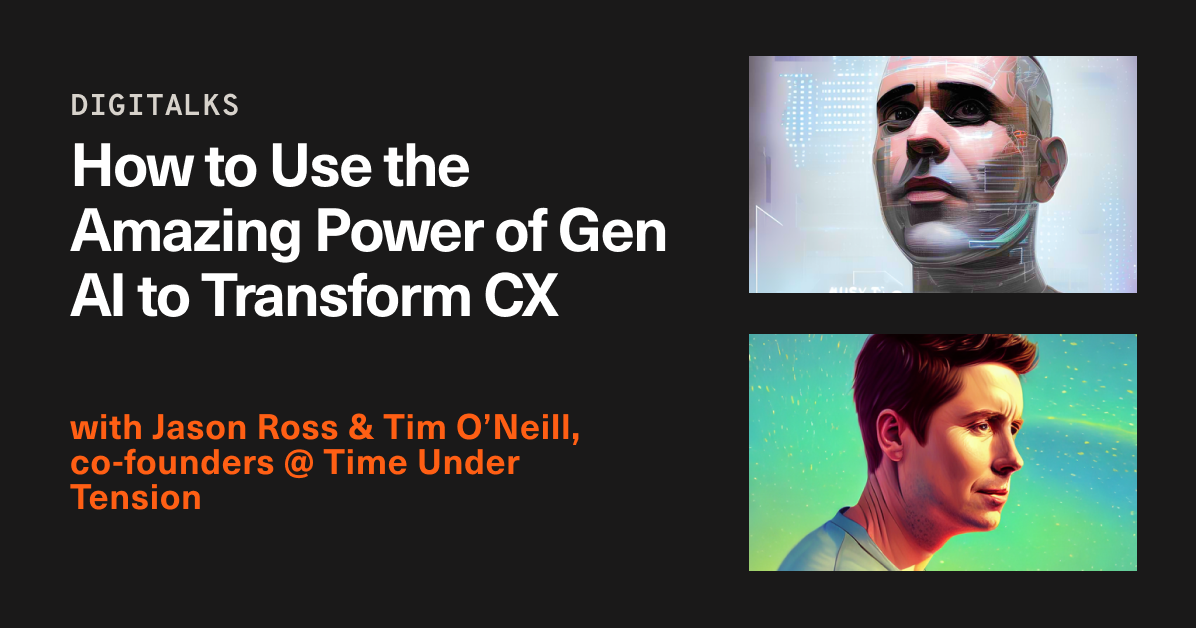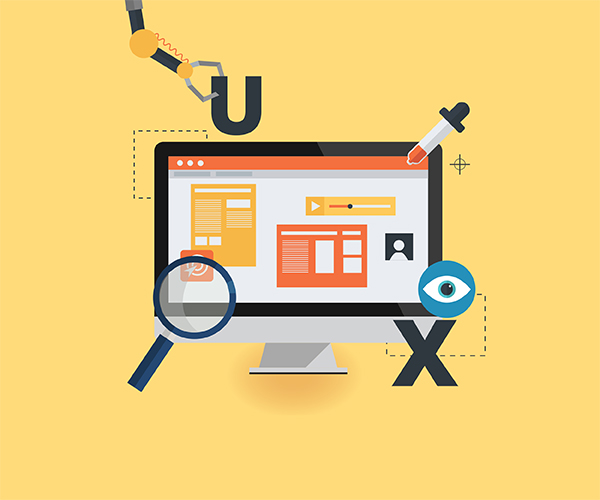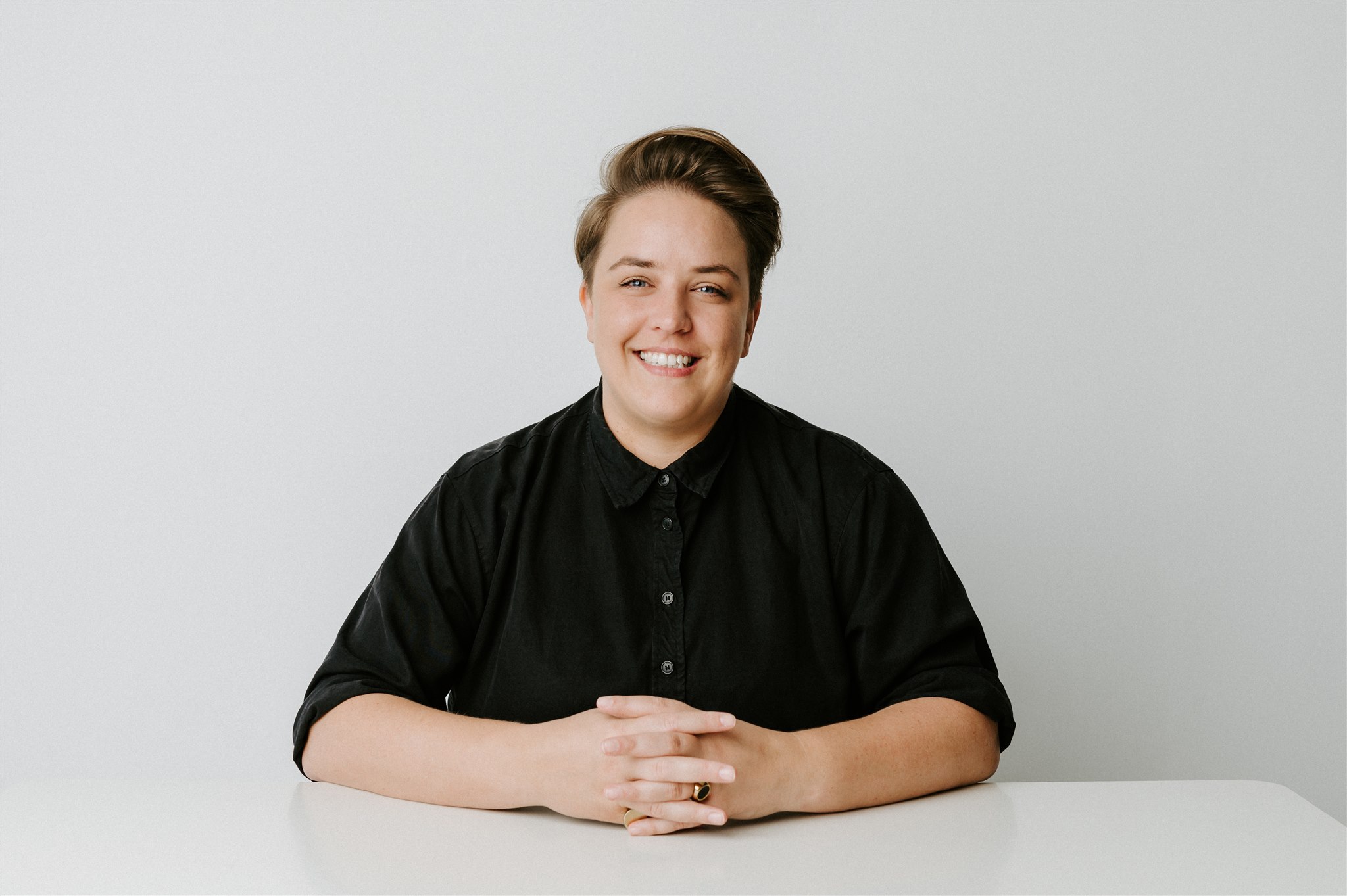As the world becomes even more connected, the customer truly does come first. Meaning that organisations must now focus on providing a delightful experience to their customer at every touch point, not just the digital interactions.
User Experience has reached a level of maturity and this means a majority of SMBs to large corporates are reaping the benefits of building their own in-house teams but, only now, are we seeing CX teams getting the investment they deserve.
In a survey conducted last year by CRM.com, 66 percent of companies are planning to dedicate more money and personnel to improving the CX compared to the previous year.
The challenge is that there is a lack of the talent to support these functions. Whereas the shortage of UX talent seen a couple of years ago is being filled by training companies offering certifications in UX and in-house teams being organically grown. There isn't yet the impetus on developing CX teams in-house as yet.
Consultancies are being heavily relied on to deliver projects. This WILL change however, so now is the perfect time to move into the fascinating world of Service Design.
What's the difference between UX and CX?
User experience (UX) refers specifically to the digital interaction your customer will have with the product — that may be through a desktop, mobile, tablet etc.
Customer experience (CX) describes the experience a customer has across all interactions with a business — that could be online or offline.
In CX, the question is, “What can we do to build the best possible relationship between customers and our company?” You are not focusing on one specific thing — you are looking at every aspect of a customer journey.
To give you an idea, take a look at 5 stories of fantastic customer experience thanks to a human touch.
Can UX designers become CX experts?
Both are focused on human-centered design; both seek to understand people's behaviours in order to develop a service which improves the brand loyalty and increased customer engagement.
The majority of the skills you have developed as an Interaction Designer, Information Architect or User Researcher can be developed into the Service Design field.
One of the main challenges is being able to comprehend the (even greater!) complexity.
Many of the service design principles are similar to those already used in UX design and it should be relatively easy for an experienced UX designer in products to transition to design for services.
Whether you are considering a move into Customer Experience or are happy staying in User Experience, it is an exciting time to be in both fields as consumer power is changing how companies operate.
The key will be to keep your skills up to date, keep learning and keep connected to the UX or CX community.
Latest.

The Key to Being Job-Ready is Being Resume-Ready
Job Seeker

Are Companies Taking Advantage Of Job Seekers In A Competitive Market?
Industry Trends, Hiring Insights, Job Seeker

How To Use The Amazing Power Of Gen AI To Transform CX
Technology, Video Resources





